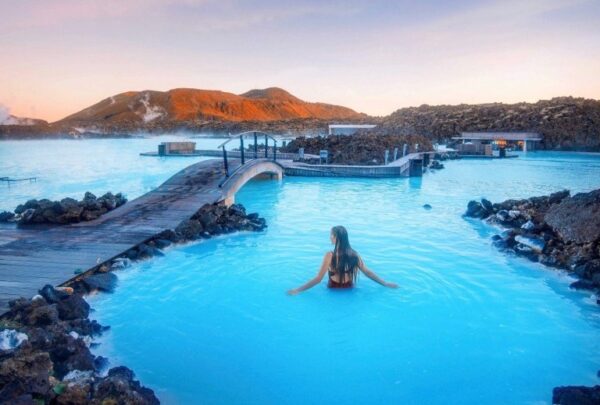Iceland is one of the world’s most interesting countries, a large island of fire and ice in the North Atlantic. While about the size of the United Kingdom, Iceland is sparsely populated and home to an abundance of natural beauty. And with Reykjavik as its cultural capital, Iceland offers a variety of alluring attractions, including a vibrant art and music scene, interesting cuisine, and colorful architecture.
The best time to visit Iceland will largely depend on what you want to experience there because the seasons vary so greatly this far north. However, no season should be overlooked because there is always something interesting to observe.
Iceland is off the beaten road for tourists, but some activities and times of year draw significant crowds, so reservations should be made well in advance.
Iceland’s winters are harsh, but if you’re equipped with the correct clothing and are well-prepared, it can be a really rewarding time to travel, not just to view the Northern Lights. The greatest time to go hiking and whale watching is during the summer, when there are also lots of festivals to attend.
If you need assistance choosing the ideal time to visit Iceland in order to have the experience of a lifetime, continue reading. We’ve compiled all the information to assist you in picking the ideal time that strikes the ideal balance between cost, climate, and people. Still you wondering when is the best time of year to visit Iceland? Check out below list.
The perfect time to visit Iceland is when?
Iceland experiences its most pleasant weather throughout the summer, which lasts from May to August. Because the days are the longest, you can fit in a lot more sightseeing, and the weather is comfortable and moderate.
As this is also the busiest time of year for tourists to travel to Iceland, be prepared to encounter enormous crowds of visitors at tourist destinations and attractions, in addition to a rise in the cost of lodging and travel. Iceland is obviously never inexpensive, especially off-peak.
With all the advantages of pleasant weather without the crowds and higher prices of peak season, late spring and early autumn offer a fantastic compromise. This right mix is provided between April to May and September to October, making them excellent travel months. Although the days are a little shorter and it may be a touch cooler, you will benefit from a far more laid-back and affordable vacation.
The greatest time to go whale watching is between April and October. Because this is the busiest travel period, make sure to schedule your journey well in advance. If there are no storm conditions, it is still possible to view whales in some locations outside of the summer. To protect you from the freezing weather, you’ll probably be issued a thermal suit.
Iceland travel is frequently undertaken in order to view the northern lights. These are often visible from late September to March, when the evenings are the darkest. The greatest months to view the northern lights are October and November because there is less risk of cloud cover and precipitation during these months.
Outside of the Christmas and New Year period, the winter is the most affordable time to travel. Now is the best time to book flights and accommodations to Iceland. But if you want to strike a compromise between expenses and better weather for sightseeing, opt for spring and autumn.
When to Visit Reykjavik is Best
Any time of year is a terrific time to explore Reykjavik, the vivacious capital of Iceland. The nicest weather and approximately 21 hours of daylight are experienced in the city during the summer. Maximum daytime highs with the least amount of precipitation are in the high teens.
Even while summer has wonderful weather, it has a cost. At this time of year, lodging in Reykjavik will be substantially more expensive, tourist numbers will be at their peak, and the northern lights won’t be visible. On the plus side, the summertime is a terrific time to go whale watching and there are lots of festivals and celebrations.
The days start to get substantially shorter and it gets a little chilly in autumn (September and October). However, the summer tourist hordes have dispersed and airfare and accommodation rates are significantly lower. On clear days, there’s a remote possibility that you might see the aurora borealis, but if that’s your main motivation for travelling, consider going in the winter.
The winter months are characterized by rain and snow. The weather is gloomy and chilly, ideal for viewing the Northern Lights. It won’t be difficult for you to find a decent deal on lodging and travel. But because of the effects of the bad weather on the roadways, some experiences might not be possible.
Although the weather in spring can be unpredictable, it is still significantly less expensive than peak season. Although the days are growing longer and warmer, the Northern Lights cannot be seen because of this.
